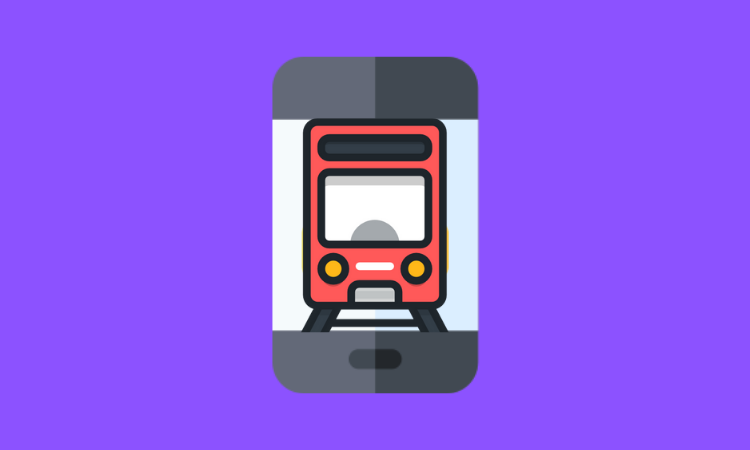Member Exclusive, Payments
‘Tap-and-ride’: How public transportation is making room for contactless payments
- The public transportation industry’s adoption of contactless forms of payment is taking off as a result of the pandemic.
- The adoption of contactless in public transport could pave the way for contactless to integrate into other industries as well.










